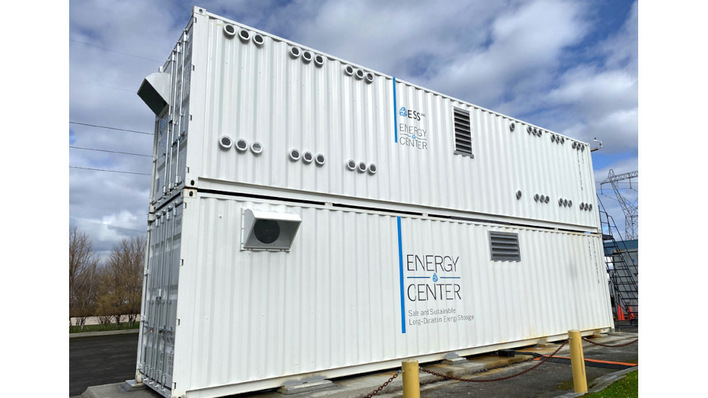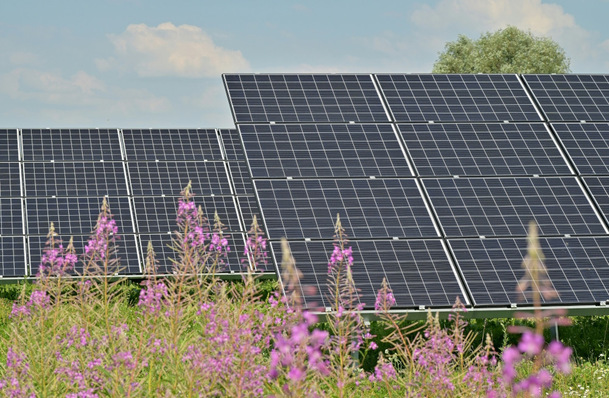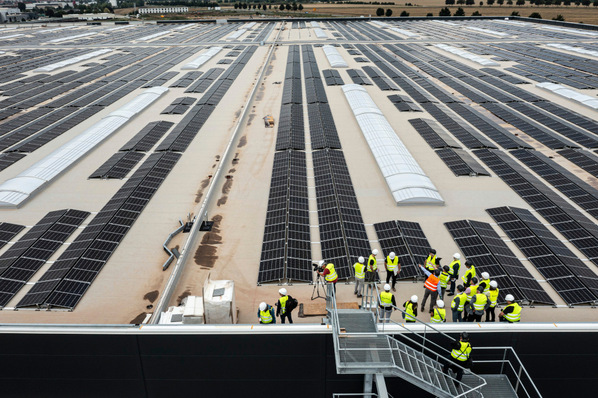In front of numerous guests and with great public attention, Team Sonnenwagen presented its new Covestro Adelie solar racing vehicle at the Eurogress Aachen. Over the course of one and a half years, the 50-strong team of students from RWTH Aachen University and Aachen University of Applied Sciences created a new model based on interdisciplinary research and extensive experience. This gives it a good chance of successfully participating in what is probably the toughest solar car race in the world - the Bridgestone World Solar Challenge from 22 to 29 October 2023 in Australia. Covestro shares the enthusiasm of the students and supports the team with innovative material solutions, professional exchange and as the main sponsor.
See also: These are the finalists for the Power2Drive Award 2023
"For me, the Sun Car is a powerful symbol for the mobility of the future, because it shows us that we need to ask important questions about material science and design on the way there," said Sucheta Govil, Covestro's Chief Marketing and Sales Officer, in her welcoming speech. "The students have impressively demonstrated their motivation and expertise in developing and optimising new ideas for solar-powered, lightweight electric vehicles."
A multidisciplinary team
As many as nine disciplines of the Aachen team were involved in the conception: the chassis, aerodynamics, structure, electrical engineering, driving strategy, production, sponsoring, marketing and logistics departments. "Close and efficient cooperation between these departments is very important, because we want to compete in the Challenger class at the race, where the main focus is on output and maximum energy efficiency," explains Lina Schwering, 1st Chairwoman of Team Sonnenwagen. "A lot of working time has gone into the Adelie, which we have invested alongside our studies and during our free time, as well as a lot of commitment and heart and soul."
In total, more than 50 teams from 24 countries will set out on the more than 3,000-kilometre route from Darwin to Adelaide - right across the Australian outback. There, people and models are exposed to very harsh climatic conditions with high temperatures and strong UV exposure from the sun during the race, but also during the preceding test drives. In addition, the vehicle is subjected to strong mechanical stresses that can affect the efficiency and output of the battery.
Also interesting: Aptera presents Launch Edition of ultra-efficient solar EV
For example, the aerodynamic outer shell was made from milled SikaBlock polyurethane foam blocks from Sika, a long-standing partner of Covestro and another sponsor of Team Sonnenwagen. The Leverkusen-based company provided raw materials and advised the team on the implementation. The Sikaflex sealants for the solar cells are also based on components from Covestro. Other examples include a plastic sheet made of polycarbonate for the battery casing and thermoplastic padding materials for the driver's seat trim. (mfo)








